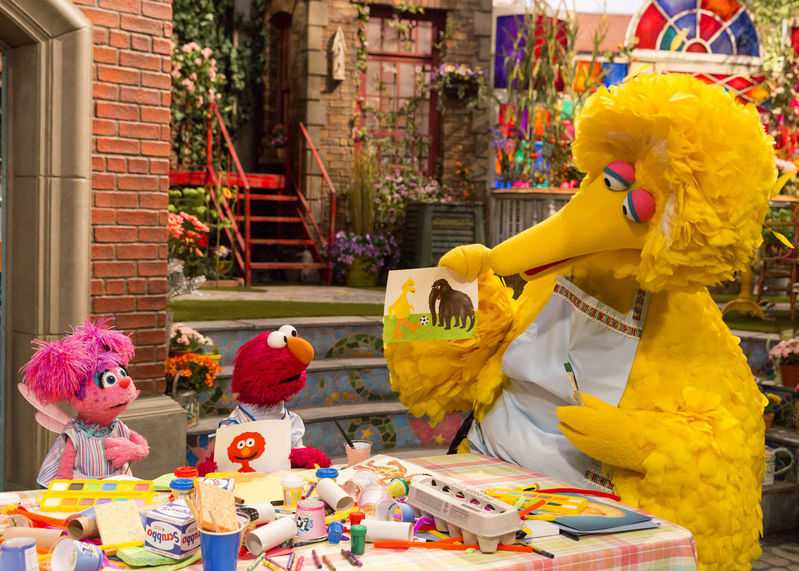Groundbreaking ‘Sesame Street’ turns 50
07 November, 2019

Fifty years ago, beloved entertainer Carol Burnett appeared on the very first broadcast of a quirky TV program that featured a bunch of furry puppets.
Blink and you might miss it, but Burnett followed a cartoon about a witch called Wanda, which was loaded with words beginning with the letter w.
“Wow, Wanda the Witch is weird,” Burnett commented. And then — poof — she was gone.
That show was “Sesame Street” and Burnett, like a lot of kids, was instantly hooked. She would return to the show multiple times, including visits to demonstrate to preschool viewers where her nose was and to smooch a rubber duckie.
“I was a big fan. I would have done anything they wanted me to do,” she said. “I loved being exposed to all that goodness and humor.”
This first episode of “Sesame Street” — sponsored by the letters W, S and E and the numbers 2 and 3 — aired in the fall of 1969. It was a turbulent time in America, rocked by the Vietnam War and raw from the assassination of Dr. Martin Luther King the year before. The media, like today, was going through disruption.
Newt Minow, who was the Federal Communications Commission chairman at the time, famously said TV was becoming “a vast wasteland.” Like today, there was lots of content, but it wasn’t necessarily quality.
Enter “Sesame Street” creators Joan Ganz Cooney and Lloyd Morrisett, who worked with Harvard University developmental psychologist Gerald Lesser to build the show’s unique approach to teaching that now reaches 120 million children. Legendary puppeteer Jim Henson supplied the critters.
“It wasn’t about if kids were learning from TV, it was about what they were learning from TV,” said Steve Youngwood, the chief operating officer of Sesame Workshop. “If they could harness that power to teach them the alphabet and their numbers as opposed to the words to beer commercials, you may be able to make a really big difference.”
No one else was doing it. Children’s programming at the time was made up of shows like “Captain Kangaroo,” “Romper Room” and the violent skirmishes between “Tom & Jerry.” “Mr. Rogers’ Neighborhood” was lovely, but it was mostly teaching social skills.
“There was nothing even remotely that contained any educational component at all for children,” said Phillip Levine, a professor of economics at Wellesley College who has studied the show. “‘Sesame Street’ was 100 percent about education.”
The show was designed by education professionals and child psychologists with one goal: to help low-income and minority students aged 2-5 overcome some of the deficiencies they had when entering school. Social scientists had long noted white and higher income kids were often better prepared.
So, it wasn’t an accident that the show was set on an urban street with a multicultural cast. Diversity and inclusion were baked into the show. Monsters, humans and animals all lived together peacefully.
Bert, Ernie and the gang made an instant impression on actress Sonia Manzano. She saw a neighborhood that looked like hers. She saw people who looked like her. She would become a cast member, Maria, on the show, starring and writing for it from 1971-2015, including getting married on air.
“I was raised without seeing people of color on television. So, when I was given the opportunity to be a person of color on television, I jumped at it,” said Manzano, who is of Latino descent. “And I think I was successful as Maria because I never forgot that there could be a little kid like me watching television and forming ideas about the world.”
Over the years, “Sesame Street” has welcomed many more. It became the first children’s program to feature someone with Down syndrome. It’s had puppets with HIV and in foster care, invited children in wheelchairs, dealt with topics like jailed parents, homelessness, women’s rights, military families and even girls singing about loving their hair.Speech
TAG(s):
